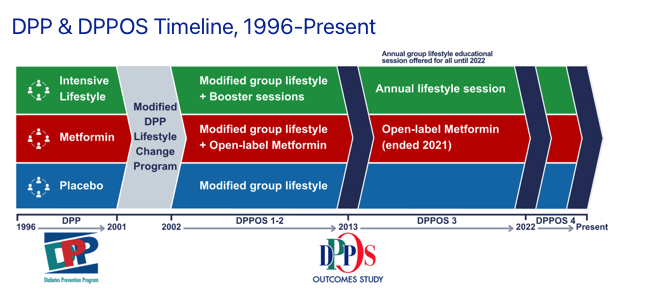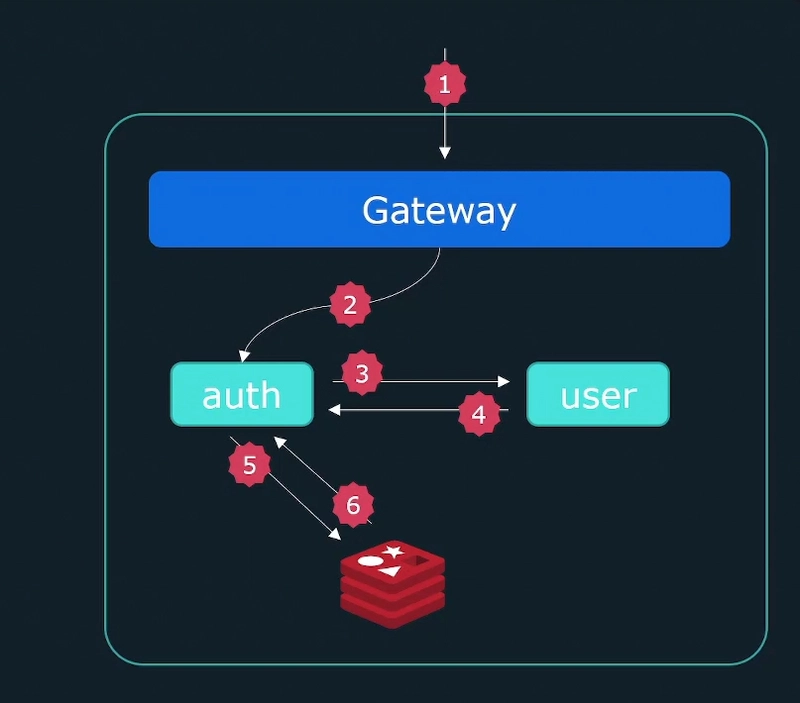By default, K3s ships with Traefik as the Ingress controller. You can configure it to automatically generate TLS certificates using Let’s Encrypt via the ACME protocol. This guide assumes: You're running K3s with Traefik enabled You have a public domain name (e.g., minio.example.com) Ports 80 and 443 are open and forwarded to your K3s nodes DNS for your domain points to your K3s cluster external IP ✅ Step 1: Check That Traefik Is Installed Run the following to verify Traefik is deployed: kubectl get pods -n kube-system -l app.kubernetes.io/name=traefik If you see a Traefik pod running, you're good. If not, reinstall K3s with the --disable traefik flag removed. ✍️ Step 2: Create a Traefik Configuration Override
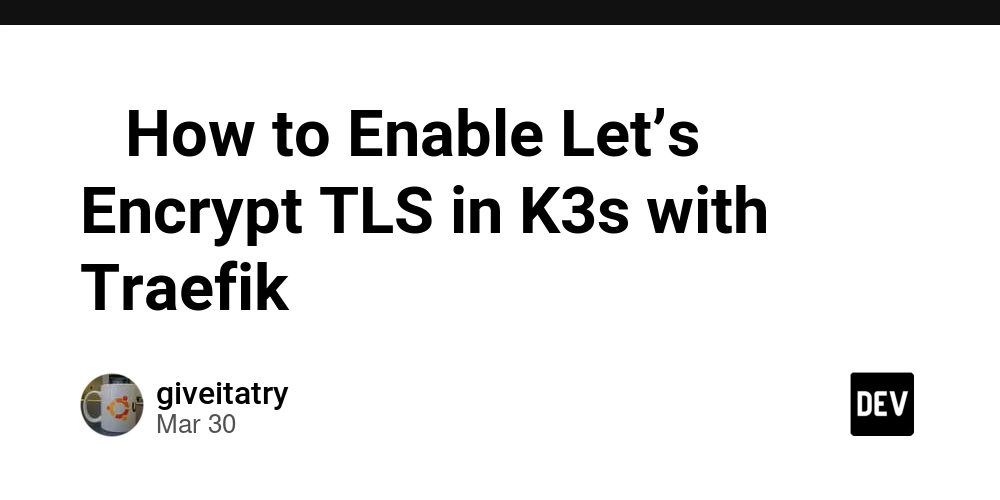
By default, K3s ships with Traefik as the Ingress controller. You can configure it to automatically generate TLS certificates using Let’s Encrypt via the ACME protocol.
This guide assumes:
- You're running K3s with Traefik enabled
- You have a public domain name (e.g.,
minio.example.com) - Ports 80 and 443 are open and forwarded to your K3s nodes
- DNS for your domain points to your K3s cluster external IP
✅ Step 1: Check That Traefik Is Installed
Run the following to verify Traefik is deployed:
kubectl get pods -n kube-system -l app.kubernetes.io/name=traefik
If you see a Traefik pod running, you're good.
If not, reinstall K3s with the --disable traefik flag removed.











![[The AI Show Episode 142]: ChatGPT’s New Image Generator, Studio Ghibli Craze and Backlash, Gemini 2.5, OpenAI Academy, 4o Updates, Vibe Marketing & xAI Acquires X](https://www.marketingaiinstitute.com/hubfs/ep%20142%20cover.png)

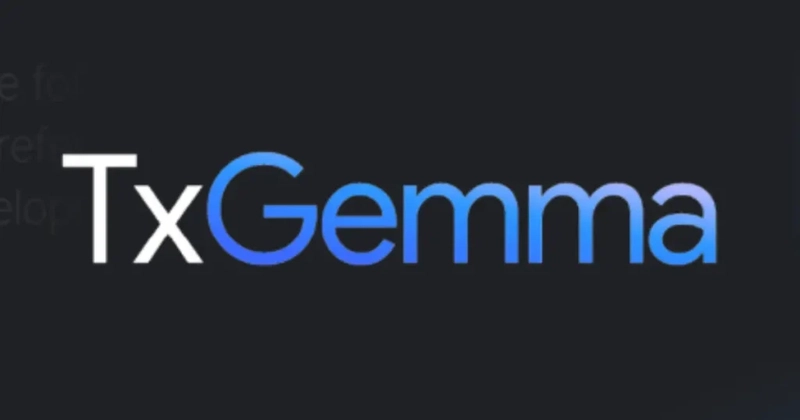




















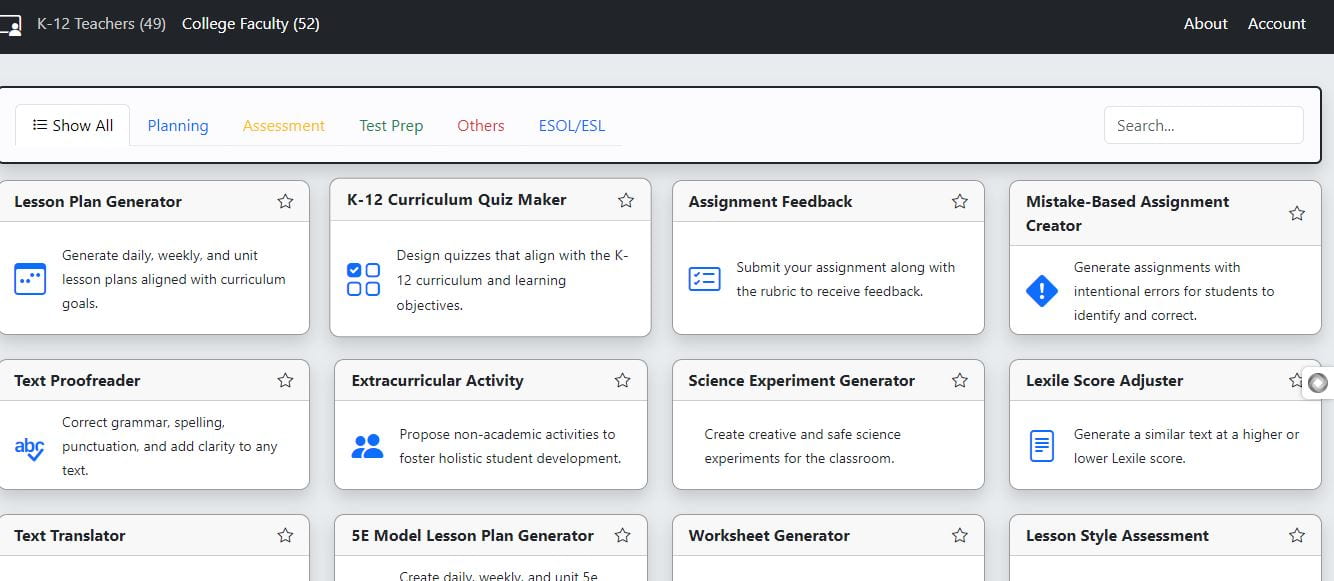


/https://tf-cmsv2-smithsonianmag-media.s3.amazonaws.com/filer_public/76/04/7604f174-2171-4526-ab80-663c49cb0c84/coffee_opener.jpg?#)
